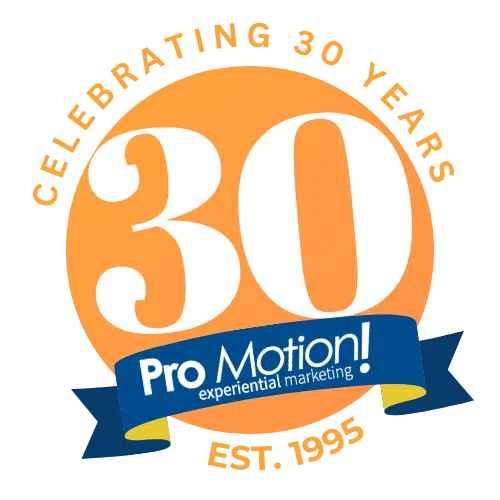Contact Us
About Us

Founded in 1995, Pro Motion creates immersive, meaningful brand experiences that cut through digital noise, fostering genuine connections and lasting impressions.

Bring Your Brand Directly to Your Customers with Customized Mobile Roadshows








Take your marketing outreach directly to your customer's site, ensuring higher attendance and engagement.
Customized interactions to address individual customer needs effectively.
Stand out by providing a unique, one-on-one brand experience.
Achieve results like: Double your pipeline, cut your sales cycle in half and achieve ROI like no other strategy.
Adaptable to different locations, market sizes, and customer bases.
Efficient use of resources by optimizing your marketing budget.
Discover how our B2B Mobile Roadshow Tours have transformed the marketing strategies of various brands.
Any business looking to directly engage with customers, reduce sales cycle time, and improve ROI can benefit from mobile roadshow tours.
The setups are highly customizable, allowing you to tailor the experience to the specific needs and preferences of your target customers.
Many brands see a significant return on investment, with reports of up to 50:1 ROI, making it a cost-effective strategy.